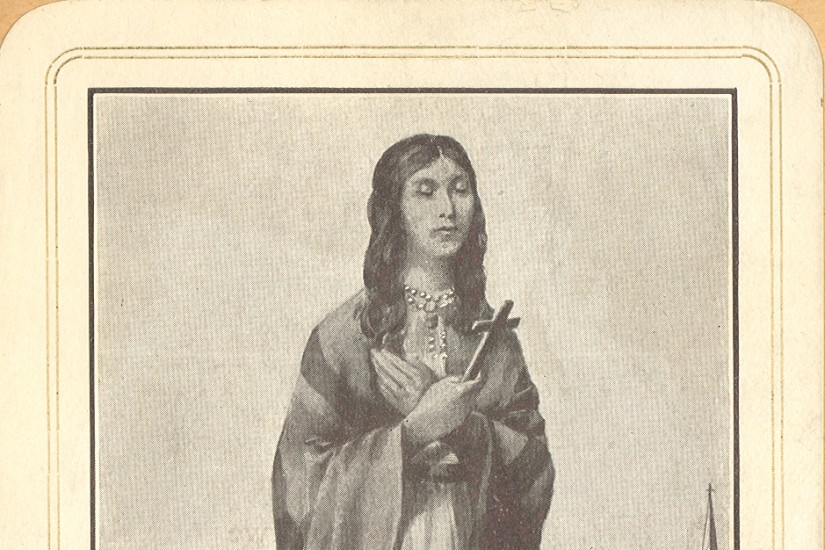For starters, I think Christian doctrine offered Native women a method of dealing with the psychological stress of colonization. For example, facing white settler expansion in New York, a portion of the Stockbridge tribe decided to move west to Indiana in 1819. A letter from a Stockbridge woman named Mary Konkapot demonstrates her belief that Christianity could help overcome the pain of being separated from family. “You do not love to have me go into this new country,” she wrote to her father, who had remained in New York, “but the same Lord is here that is there, and if you will pray every day, I will pray too, so we shall meet the same Lord together.” Through being supernaturally reunited with her family members through the Christian concept of resurrection, Konkapot expressed her hope that dispossession from their native lands would not be the end of the story for the Stockbridge.
Equally as important, Indigenous women in the early republic were often able to wield their identity as “good Christian Indians” in order to sway government and church officials. In the 1810s, a Stockbridge woman named Mary Doxtator successfully used her reputation as a faithful Christian to acquire material support for her tribe. Multiple white ministers in the area encouraged their congregations to send donations directly to Doxtator, stating they had “entire confidence” in her ability to use the donations wisely because she was “known to be a woman of good moral character.” Brothertown women used slightly different strategy to earn money: They worked together to produce cloth in exchange for monetary “premiums” paid by the state of New York, a system put in place partly because the Indian Commissioners were impressed by the virtuousness and industry of the women of the tribe. Another Stockbridge woman, Electa Quinney, became the first public schoolteacher in Wisconsin in the late 1820s, gaining the respect of both indigenous and white populations in the area. Publicly claiming both Christian and indigenous identity was, of course, not the only strategy used by Native women to carve out spaces of agency in the eighteenth and nineteenth centuries; but it was a fairly successful one.
